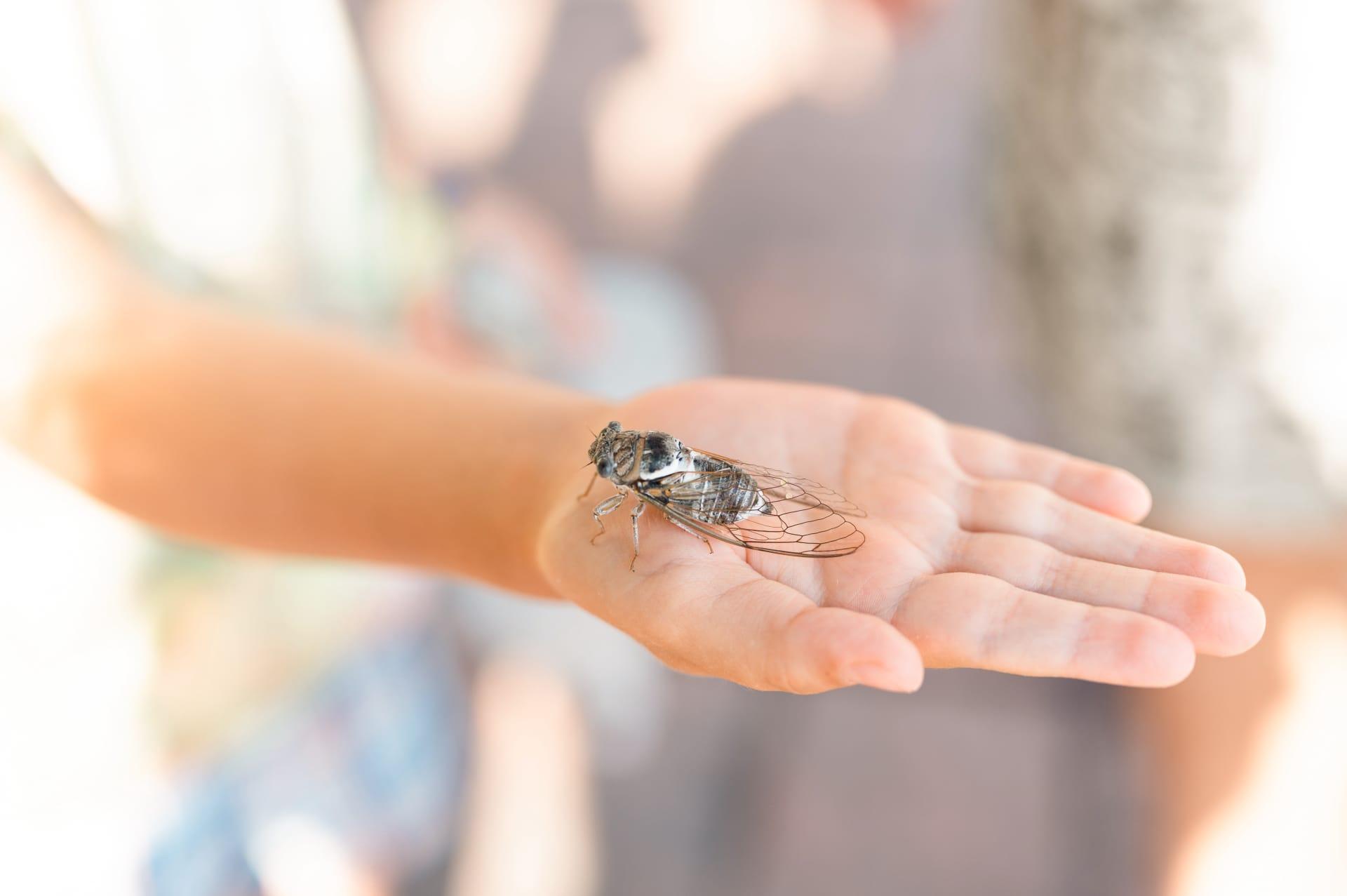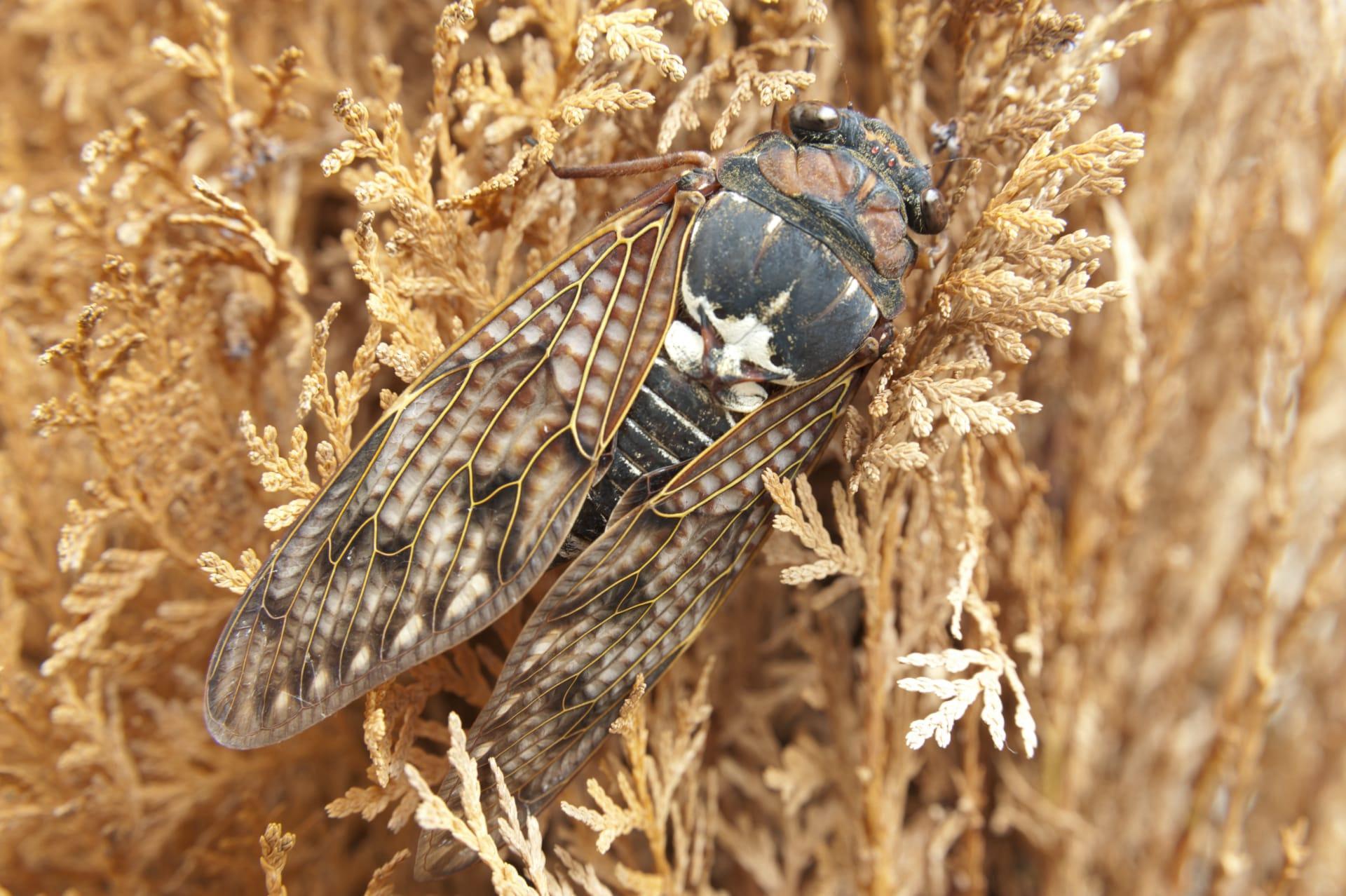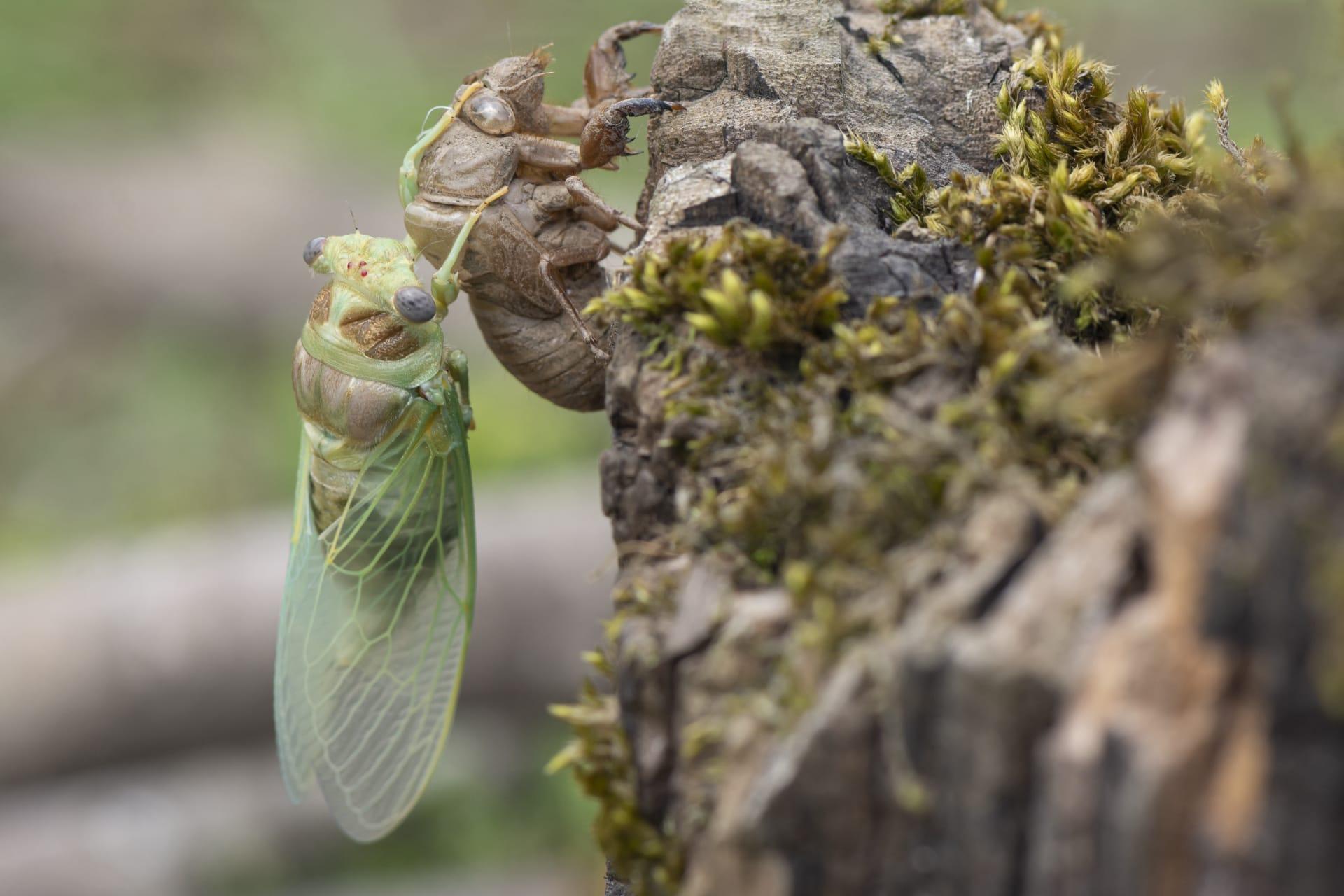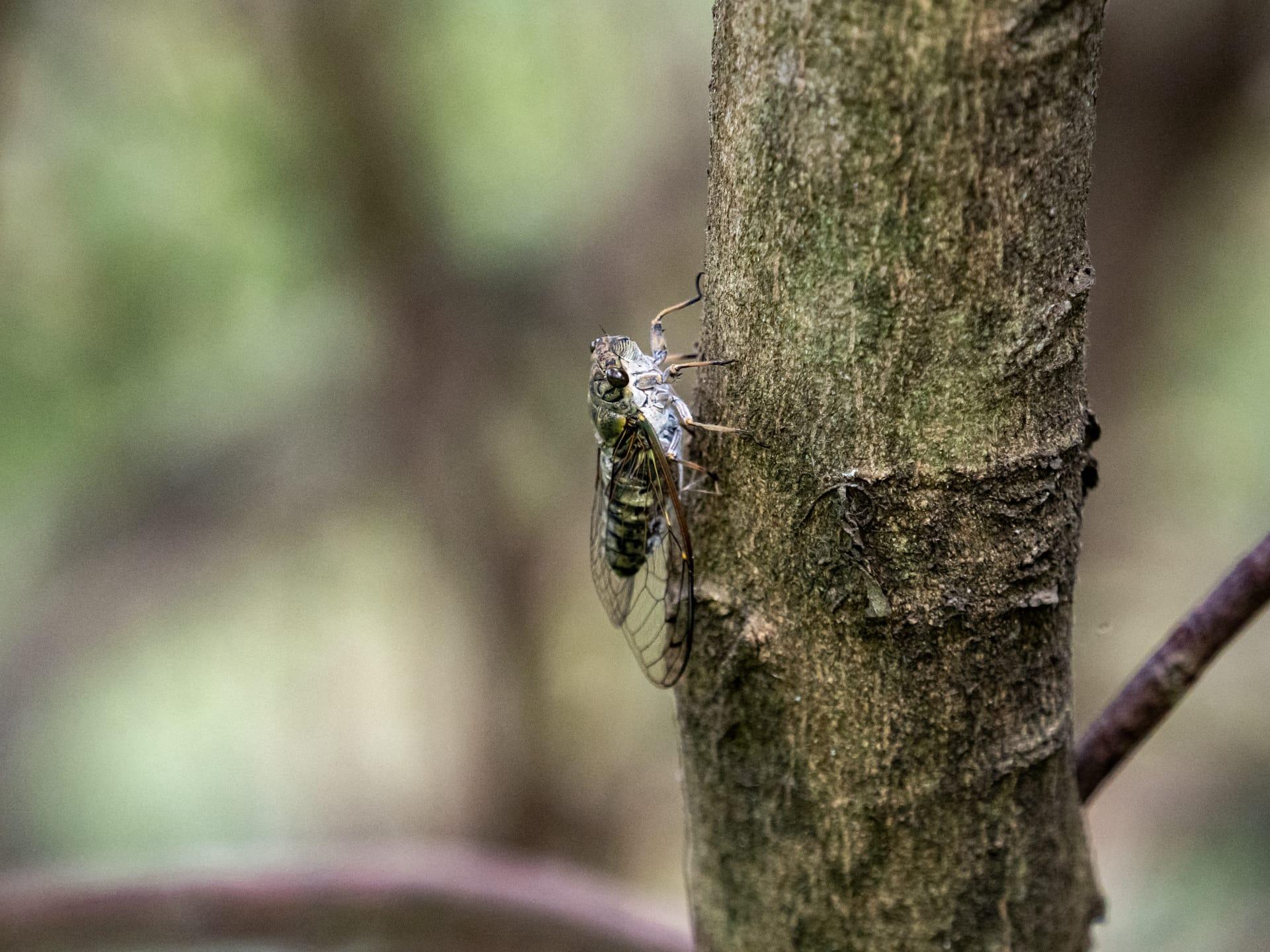Cicada Bug Characteristics
- Home /
- Mini Encyclopedia /
- Animal /
- Cicada Bug Characteristics
1
Cicada bugs, known for their distinct chirping, are fascinating insects with unique physical characteristics. Adult cicadas typically measure between 2 to 5 centimeters in length, with a stout body and broad head. Their wingspan can be up to 15 centimeters, allowing for efficient flight. Cicadas have a remarkable life span. Most species live as nymphs underground for 2 to 17 years, depending on the species, and then emerge above ground for a brief adult life of about 4 to 6 weeks.
One of the most distinctive organs of a cicada is its sound-producing organ called a tymbal. Located on the sides of the abdominal base, the tymbal is a ribbed membrane that cicadas vibrate rapidly to produce their signature sound. This sound is primarily used by male cicadas to attract females for mating. The volume of this sound can reach up to 100 decibels, equivalent to the noise of a chainsaw.

2
Question: Why do cicadas spend most of their life underground?
Answer: Cicadas spend the majority of their lifespan underground as nymphs to avoid predators and to access a consistent food source. They feed on the xylem sap from the roots of trees, which provides them with necessary nutrients. This prolonged underground phase, which can last up to 17 years for some species, is a survival strategy that allows cicadas to emerge in large numbers, overwhelming predators through sheer quantity. This synchronization minimizes the number of cicadas lost to predation when they finally emerge to mate.

3
Cicadas are primarily known for their flying ability. Adult cicadas are adept flyers, capable of quick, darting movements to evade predators. Their strong, transparent wings enable them to travel considerable distances. Despite their bulk, cicadas are surprisingly agile in the air, capable of rapid take-offs and sharp turns.
In terms of feeding, adult cicadas primarily consume plant sap using their piercing mouthparts. They insert their proboscis into the plant's vascular system to access the sap. This feeding process is non-destructive to plants, as cicadas do not consume enough sap to harm the plant. Nymphs, living underground, also feed on sap but from the roots of plants.

4
Cicadas are found in a variety of environments, ranging from temperate to tropical climates. They are most commonly seen in wooded areas, as trees provide both a food source and a habitat for laying eggs. The availability of suitable trees for feeding and egg-laying is crucial for their survival.
Reproduction in cicadas involves a unique process. After mating, the female cicada cuts slits into tree branches where she deposits her eggs. Once hatched, the nymphs fall to the ground and burrow underground. Here, they will spend the majority of their life cycle, only emerging as adults years later to repeat the cycle. This periodical emergence is a survival strategy, reducing the risk of predation by overwhelming predators with their numbers.

5
Book: "Cicada Sing-Song" by Michael Archer, published in the United States in 2010, offers a detailed exploration of the life and habits of cicadas. Archer, an entomologist, provides insights into the cicadas' underground life, their emergence, and their renowned choruses, making the science accessible to a broad audience.
Book: "The Secret World of Cicadas" by Emily Stone, released in Canada in 2015, delves into the mysterious life cycle of cicadas. Stone, a renowned naturalist, blends scientific research with engaging narratives, bringing to life the intriguing world of these insects and their impact on the ecosystem.